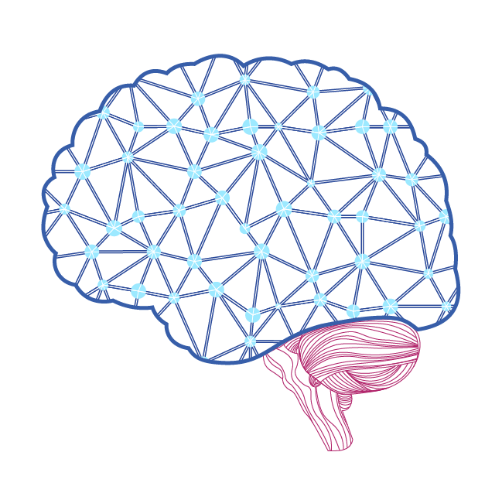Project Description
Cluster analysis of biomedical data (anamnestic data, experimental-psychological and laboratory examinations, MRI and EEG) in order to study the heterogeneity of the syndrome of mild cognitive decline and verify early prognostic criteria for the development of dementia in the elderly.
Publications
Heterogeneity of the syndrome of mild cognitive decline: a new approach to solving the clustering problem
Authors: N.A. Gomzyakova, V.V. Tsvetkov, I.I. Tokin, et al.
Source: All-Russian Congress with International Participation "Mental Health in a Changing World", May 23-24, 2024, St. Petersburg [Electronic publication] / edited by N.G. Neznanov. - St. Petersburg: NMITs PN im. V.M. Bekhtereva, 2024. – 501 p.
More
Introduction: Dementia is a socially significant disease, whose impact on the mental health of the aging population is growing year by year. Many elderly patients experience mild cognitive impairment (MCI), which can be regarded as an early manifestation of Alzheimer's disease or other types of dementia, as well as a conditionally normal decline in cognitive function with age. In this regard, the study of MCI heterogeneity and verification of early prognostic criteria for dementia is particularly relevant.
Objective: To assess the heterogeneity of manifestations of mild cognitive impairment syndrome based on the results of experimental psychological tests.
Materials and methods: A total of 253 patients with complaints of cognitive decline were included in the study, of which 22.13% were male (n = 56) and 77.87% were female (n = 197). The average age of patients was 71 years (63–75 years), the average MMSE score was 27 points (25–29 points), which corresponds to MCI. All study participants underwent an experimental psychological examination (EPE), including 28 indicators for assessing the cognitive and emotional sphere (Smurova A.I., Gomzyakova N.A. et al., 2021). Data cleaning, formalization and analysis were carried out in the R software environment. The search for an optimal set of variables for clustering was carried out using a genetic algorithm implemented by the authors. To assess heterogeneity, the data were clustered using the stochastic neighbor embedding method with t-distribution (t-SNE, Van Der Maaten L., 2014) and subsequent hierarchical clustering (Murtagh F., 2014) with calculation of the Davis-Boldin index.
Results: An iterative search for an optimal set of variables for clustering allowed us to establish a list of four EPO indicators: the integrative anxiety test "phobic component of situational anxiety" (FOB-ST), the Wechsler memory scales: "personal and social data" (WMS I), "visual reproductions" (WMS VI) and "intelligence-equivalent memory index" (WMS "EIIP"). The Davis-Boldin index for 3 clusters was 0.50, for 5 clusters - 0.62. Patients of cluster 1 (n = 35) had declarative memory impairment. Cluster 2 (n = 50) included individuals with orientation impairment, short-term memory impairment, and moderate anxiety. Patients of cluster 3 (n = 47) had intact memory and low anxiety. Patients of cluster 4 (n = 88) were similar to cluster 3 but had emotional impairment. Patients of cluster 5 (n = 33) were similar to cluster 2 but had low anxiety.
Conclusion: Mild cognitive impairment syndrome in elderly patients is a heterogeneous group of various cognitive and emotional impairments that can be classified using four EPO indices: FOB-ST, WMS I, WMS VI, WMS "EIPP".

